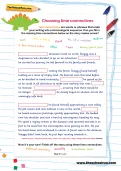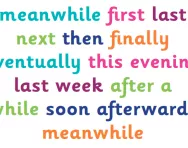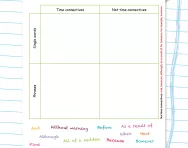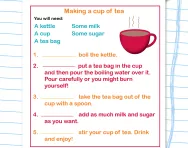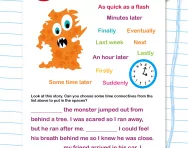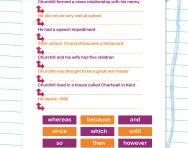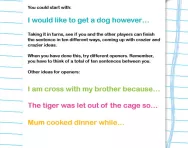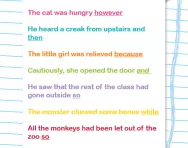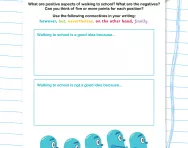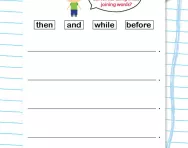TheSchoolRun.com closure date
As we informed you a few months ago, TheSchoolRun has had to make the difficult decision to close due to financial pressures and the company has now ceased trading. We had hoped to keep our content available through a partnership with another educational provider, but this provider has since withdrawn from the agreement.
As a result, we now have to permanently close TheSchoolRun.com. However, to give subscribers time to download any content they’d like to keep, we will keep the website open until 31st July 2025. After this date, the site will be taken down and there will be no further access to any resources. We strongly encourage you to download and save any resources you think you may want to use in the future.
In particular, we suggest downloading:
- Learning packs
- All the worksheets from the 11+ programme, if you are following this with your child
- Complete Learning Journey programmes (the packs below include all 40 worksheets for each programme)
You should already have received 16 primary school eBooks (worth £108.84) to download and keep. If you haven’t received these, please contact us at [email protected] before 31st July 2025, and we will send them to you.
We are very sorry that there is no way to continue offering access to resources and sincerely apologise for the inconvenience caused.
Choosing time connectives
What are time connectives in KS2?
In Key Stage 2 (KS2), time connectives are words or phrases used to link events in a sequence, helping children understand the order of actions in their writing. These connectives are essential for improving children's narrative and report writing skills by helping their stories or explanations flow smoothly.
By mastering time connectives, your child will be able to create well-organised and easy-to-follow texts, enhancing their overall communication abilities.
What is an example of time connectives?
Here are some examples of time connectives suitable for KS2 children:
- First
- Next
- Then
- After that
- Later
- Meanwhile
- Finally
- Eventually
- Earlier
- Before
- Subsequently
- As soon as
- At the same time
- Immediately
- Afterwards
How will this KS2 time connectives worksheet help your child?
This fun, colourful worksheet was created by a primary-school teacher with the aim of helping your KS2 child understand time connectives. Your child will be presented with a story and missing words. They must use their knowledge of connectives to find the missing words and complete the story!
For more support with English, check out our hub page, or try a new challenge such as our Sorting time connectives worksheet.
